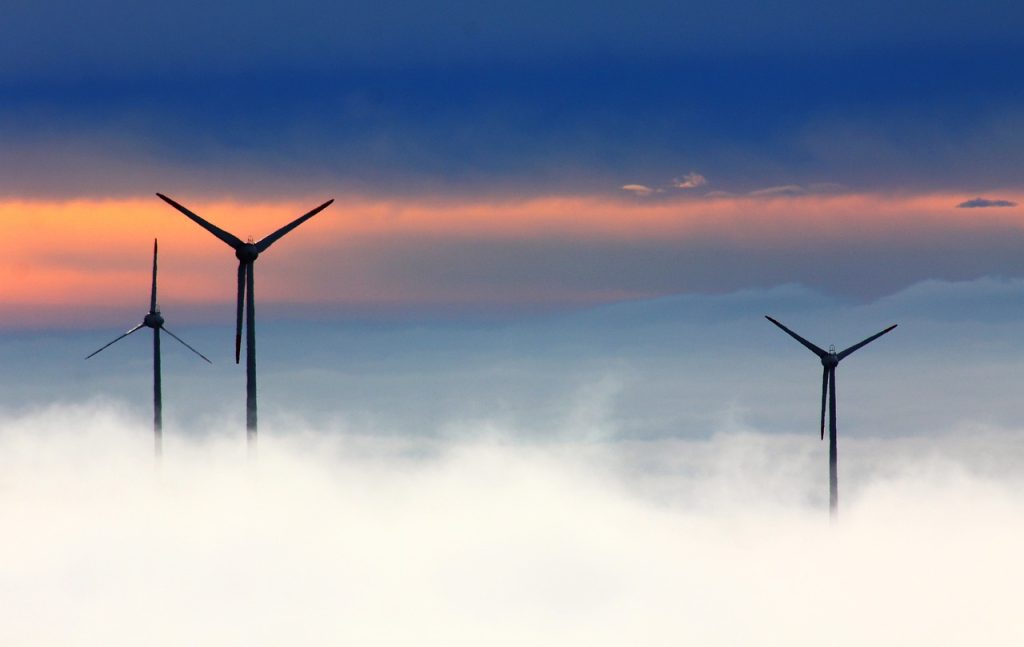Wind energy has become a rapidly growing industry in the United States, with the ability to power a third of the country’s homes. This growth has been made possible by advancements in technology and government incentives aimed at promoting renewable energy sources.
According to the American Wind Energy Association (AWEA), the United States installed a record-breaking 16,913 megawatts of wind power capacity in 2020, bringing the total installed capacity to over 118,000 megawatts. This represents enough energy to power over 38 million homes annually.
One of the key factors driving the growth of wind energy is the continued reduction in the cost of wind turbines and other associated equipment. According to the AWEA, the cost of wind energy has decreased by over 70% since 2010, making it increasingly competitive with traditional sources of energy such as coal and natural gas.
In addition to cost reductions, government policies have played a significant role in the growth of wind energy. The Production Tax Credit (PTC), a federal tax incentive for renewable energy production, has been instrumental in spurring the development of wind projects across the country. The PTC provides a tax credit of 1.5 cents per kilowatt-hour of electricity generated by qualified wind projects.
The growth of wind energy has also had a positive impact on job creation and economic development. According to the AWEA, the wind energy industry employs over 114,000 workers in the United States, with many of these jobs located in rural areas where wind projects are often developed. Wind energy projects also generate significant revenue for local communities through property taxes and land lease payments.
Despite the many benefits of wind energy, there are also challenges associated with its growth. One of the biggest challenges is the intermittency of wind power. Wind energy production is dependent on wind speed and direction, which can vary significantly from day to day and even hour to hour. This variability can make it difficult to integrate wind energy into the grid and ensure reliable energy supply.
To address this challenge, the wind energy industry has developed advanced forecasting techniques and technologies to better predict and manage wind energy production. In addition, energy storage technologies such as batteries and pumped hydro storage are being developed to help balance the intermittent nature of wind energy and ensure a reliable supply of electricity.
Another challenge facing the wind energy industry is the opposition of some local communities to wind projects due to concerns about noise, visual impacts, and potential impacts on wildlife. The industry has responded by working to address these concerns through better siting of wind projects, improved turbine design, and increased communication and engagement with local communities.
In conclusion, wind energy has become a significant source of electricity in the United States, with the ability to power a third of the country’s homes. The growth of wind energy has been driven by advancements in technology, government incentives, and decreasing costs. While there are challenges associated with the growth of wind energy, such as the intermittency of wind power and opposition from some local communities, the industry is actively working to address these challenges and continue its growth as a source of clean, renewable energy.







